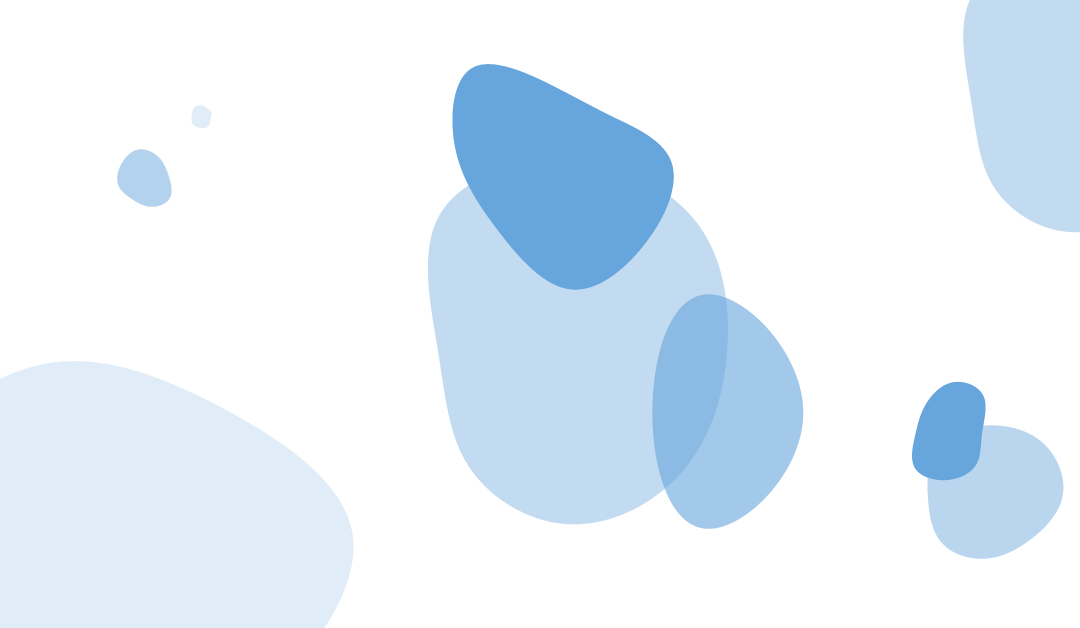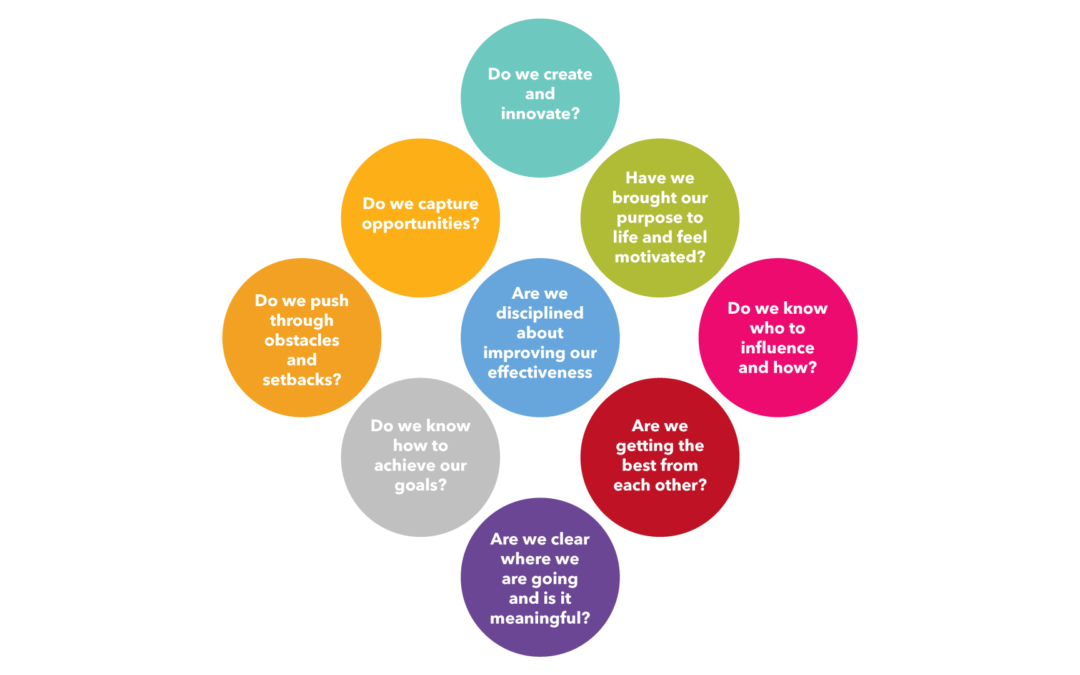Engagement matters
Most organisations know that engagement matters. To take one example, the Gallup organisation has measured engagement for decades with their framework (Gallup Q12) and tracked the impact of engagement on business performance. Their 2016 analysis included data on 1.8 million employees across 82,000 business units and showed that top-quartile business units outperform bottom-quartile units by 10% in customer engagement, 21% in profitability and 20% in productivity.
There are only a small number of factors that drive engagement, such as working for an organisation that has a deep sense of purpose. And key amongst these factors is the quality of the relationship an employee has with their immediate manager.
So, this leads to the question: what is it about some managers that means they get higher engagement scores? What is the distinctive pattern of their strengths?
Engaging or charming?
Who comes to mind when you think of a charismatic leader? Maybe the great public speakers? But also, maybe those who charm their way out of tough situations, who seem able to get people to like them even against their better intentions. We talk about a magnetism in their character, an ability to pull people towards themselves and their ideas. Engaging? Definitely, but in a particular way.
If we work for a charismatic person, we find their charm can soon cloud if they have a need to stand in the sun all the time, to be the centre of attention, for everything to be a reflection of themselves.
The Jyre data
In our Jyre data set we see a quieter, less egoistic and more deeply engaging version of the charismatic character: that of the Charismatic-Servant leader.
Their spirit is nicely captured in this quote attributed to Queen Victoria, contrasting her experience of working with two of Britain’s key political figures of the 19th Century:
When I left the dining room after sitting next to Mr Gladstone, I thought he was the cleverest man in England. But after sitting next to Mr Disraeli, I thought I was the cleverest woman in England.
The charisma of Disraeli is turned back from himself into the other person. Rather than a need for his audience to find him interesting, he invests in finding what is interesting in the other person and thereby helps them believe the best of themselves. It’s an experience we can’t help but find engaging at a level that goes far beyond immediate charm.
Where are your Charismatic-Servant leaders?
The Charismatic-Servant profile is a combination reasonably frequently seen in our data-set, but do you know where they are in your organisation? The chances are you won’t, because they are not likely to post their achievements in neon lights on the wall behind their desk.
The Charismatic part of their profile means that they enjoy pulling people towards them, that they enjoy engaging and even charming people. The Servant part of their profile brings a really interesting balance: they get their own ego out of the way and focus instead on the team and people around them. So yes, they engage people, but engage people around shared goals and people’s strengths, rather than around their own ego or personal needs.
When we work with someone with this combination, it’s hard not to be engaged! But there is a quietness to the profile that means they will often be off the radar of senior leaders looking for indicators of future talent, which often bias towards more obvious indicators such as having a quick mind, self-belief, and a strategic outlook.
Instead, if you really want to find where they are in your organisation, just take a look at your engagement scores. Of all the Leader types, the Charismatic-Servant leader has the strongest correlation with high feedback scores on ‘Engages people’ and ‘Creates trust’.
The twist
Not only is the psychological make-up of the Charismatic-Servant leader one which means that they tend not to promote themselves, our data-set shows that they are significantly more likely to be female than male, by a ratio of 2 to 1. Gladstone, in his compulsion to demonstrate his intellect, is probably more typical of male leaders, and Disraeli the outlier. Yet if engagement drives business performance, and the particular pattern of strengths of the Charismatic-Servant leader drives engagement, it’s worth wondering why more models of high potential aren’t explicitly built around their distinctive strengths.
Zest and Other awareness
For now we’ll pick out two signature strengths of Charismatic-Servant leaders: their Zest and Other awareness. Perhaps men feel less comfortable with the outward display of enthusiasm and positivity that is the hallmark of zestful people, but we’ll save that for a further article on the gender differences in our data. What is clear is that all leaders can improve their ability to be an engaging leader by building these key strengths.
So if you have a Jyre account, dig out your Solo and Viewpoints reports and take a look at where these strengths lie, and think seriously about signing yourself up to the Zest development plan.
If you’re not yet a Jyre account holder, just ask yourself this single question: being outwardly enthusiastic about life is as natural to a seven-year old as liking ice-cream; where did your zest go?


